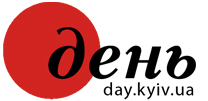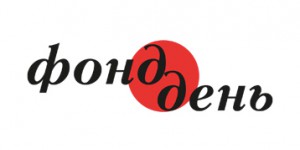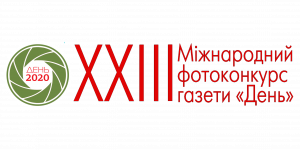The exhibition hall is turned into a maze of full-size photographs, depicting residents of a village that has by now vanished from the map of Ukraine. Other, smaller ones present trenches, haycocks, and barrows covered with bright rural carpets and paintings on canvas. The exhibition is a result of two projects, the distance between which is five years. The first one, Parsuna [Portrait], took place in 1998, and another, Letters from Eastern Ukraine, in 2003. It is in no way simply summing up and demonstrating the best results of a certain creative period that in 2004 brought its author a Shevchenko Prize, but a very organic synthesis. This is how it should be: the artist’s whole creative work is connected with land in both the geological and global sense, or, to be more precise, with the village of Leikovo, Poltava oblast. Oleksandr Babak has been into researching the village’s ways of life for many years. Since Leikovo is one of the many villages that gradually dissolve into the time and space of our country, bearing in them the sorrows of traditional culture slipping to the past, this allows ascend to a more global level and discuss the spirit of this culture along with its today’s marginal existence.
There are plenty of artists in Ukraine who turn to issues of traditional national culture. However, in Oleksandr Babak’s case we will not see any decorative-folklore interpretation habitual for this stream. The author concentrates upon reproducing the pace of time itself as well as life’s transformations. Primarily this is a set of processes, actions, conditions, and their artistic realization. This is land art in its Ukrainian version, since it is closely connected with a certain place and a certain nation. The author alone is aware how many such actions ever took place, since not all of them where open for public access in exhibition halls. Some were witnessed only by Poltava slopes and residents of the village of Velyky Perevoz, where Oleksandr’s house cum darkroom is located. A number of projects are reflected only in photographs, being half documentary and half independent creations.
The artist’s latest project, Letters from Eastern Ukraine, is aimed at depicting this time not natural but artificial objects, immediate witnesses of our people’s history as a tale of wars and peace. Babak’s project’s first part, being more concrete, is dedicated to the beginning of World War II here. The scene of action are the trenches along the Shyshaky Road. Time of action — June 22, 3:45-6 AM, in accordance with the chronology of the start of the war. The trenches were covered with carpets and canvases, which action was fixed in the photo camera. The next stage represents a projection on the past: burrows as personification of history, erasing verges between the handmade and natural, laboriously shading single events and turning them into objects standing in fact beyond time. And as a counterpoint to this stand bound hay with its unbearable lightness of being and pronounced positive quality of human life in all its transient beauty. This work is just another attempt to get access to almost inexpressible matters, living through landscape and history as a concrete perceptional experience. The action’s results are preserved only in photographs, those same Letters that bear reams of ethnographic, historical, and geographical information open for interpretation. The exhibition’s other component, Parsuna, introduces us to the inhabitants of the village of Leikovo. The photographs found by the author in local archives return from non-existence images of old people who used to live here, now becoming traces of cultural memory, re-actualized and expressed in a certain way. The exhibition title expresses quite accurately the essence of what is going on: a demonstration of a certain code, which, if correctly deciphered, can make it possible to achieve a new level of perceiving the natural and cultural universe of the part of the globe called Ukraine. This is undoubtedly a thrilling experience for the exhibition’s visitors.







